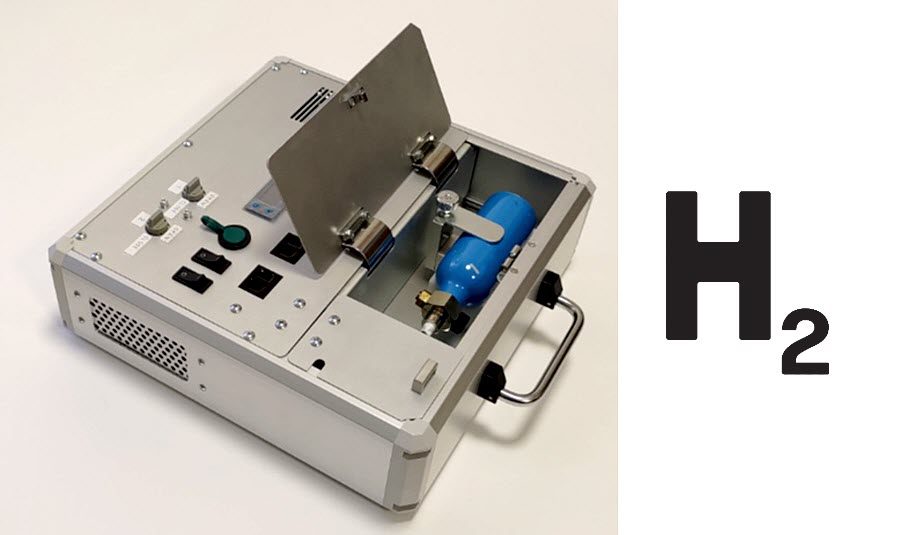A persistent postdoc researcher encouraged Marc Koper to study oxygen reduction. Koper said that there was a slight interest. They soon devised a new strategy to boost fuel cells with oxygen and hydrogen. Their article was published in Nature Catalysis on July 7.
There aren’t many hydrogen-powered vehicles in the Netherlands. Marian van Loon is the director of Shell Nederland. Marc Koper, professor in surface chemistry and catalysis, said that she is one of few Dutch people who can fill up at Shell in Amsterdam with hydrogen.
Toyota is working to develop better fuel cells that are more efficient so it can adopt hydrogen-powered vehicles widely. Technology hasn’t made significant progress due to two important issues. The first is that fuel cells need extra rare metal platinum. The second component, known as the oxygen reduction reaction, is what turns oxygen into the water. It should be more efficient. It was thought that the only thing that could be changed was weaker oxygen bonding. For a long, researchers have believed that there is only one way to increase oxygen reduction’s effectiveness. This happens on the cathode. It has many tiny platinum particles and two poles: the anode (the cathode) and the cathode (the cathode). The oxygen is disintegrated into platinum-bonded oxygen atoms. Additional reactions between these atoms create water.
Koper stated that the current view is that we need to find a cathode that binds oxygen atoms less tightly. This knob is the only one that can be turned to aid in oxygen reduction. Toyota uses a cobalt- and platinum-containing cathode. Koper is one of the most highly cited scientists in the world. Because of his contribution to the energy transition, he was awarded the 2.5 million Euro Spinoza Prize. He examines the destruction and creation of chemical substances using electrical energy. This would allow you to store renewable electricity so you can use it even if the sun isn’t shining or the wind isn’t blowing.
Koper is honest about his motives and says that they have nothing in common with world improvement. He stated in an interview that he was interested in understanding at the atomic what happens to electricity when it is passed through an electrochemical cell. He doesn’t find it interesting that there is an improved cathode for oxygen binding. It isn’t worth it scientifically to fine-tune the cathode with the highest cobalt-platin ratio.
Mingchuan Luo was a postdoctoral researcher who came to Koper. He demanded that oxygen reduction be pursued. Koper suggested you play around with the electrolyte’s composition to see what happens. This fluid is what separates the anode from the cathode. Anions are the negatively charged ions in an electrolyte. Luo experimented with different concentrations.
To turn the knob, a new knob was invented
Koper: “We found that oxygen reduction can sometimes happen faster than we anticipated, even though oxygen binding appears stronger to the cathode.” It is false to think that stronger oxygen bonds can result in more effective oxygen reduction. Anions in the electrolyte could influence another step of the oxygen-reduction process. The rate at which platinum atoms bond oxygen is converted to hydroxide. This is the last phase before it becomes water. This is a fundamentally different knob we can turn.
There are now at most two routes to a more efficient hydrogen cell. This is what Koper finds very fascinating. Koper wants to learn more about the molecular level and why these anions are so crucial. Even though it is unlikely that they will make significant progress immediately, Koper and his colleagues at Toyota will find this interesting.
